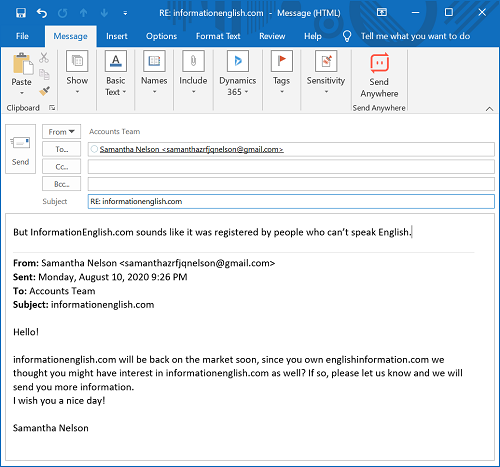When analyzing the 15-minute timeframe for GBP/USD to identify potential supply zones, begin by understanding the current market trend. If the market is exhibiting a downtrend, supply zones will likely be stronger, offering resistance. Here’s a step-by-step guide to help you target the right supply zone:
Identify Key Levels: Look for recent swing highs, as these often represent areas where sellers previously entered the market in significant volume. These swing highs can become supply zones.
Volume Analysis: Analyzing volume can help confirm the strength of a supply zone. Increased trading volume at or around a previous swing high can indicate heightened selling interest, reaffirming it as a supply zone.
Use Technical Indicators: Tools like the Relative Strength Index (RSI) or Moving Averages can help confirm if the market is overbought, suggesting a forthcoming price decline from a supply zone.
Price Patterns: Look for reversal patterns such as head and shoulders or double tops around the supply zone. These patterns provide additional confirmation that the price may reverse from this level.
Market News: Stay updated on fundamental news affecting GBP/USD, as macroeconomic events can influence currency pair movements and the validation of supply zones.
Risk Management: Always define your risk parameters. Place stop-loss orders above the identified supply zones to protect against unforeseen breakouts.
By following these steps, you can more confidently identify and target supply zones on the 15-minute timeframe for GBP/USD, enhancing your trading strategy and decision-making process.

No responses yet